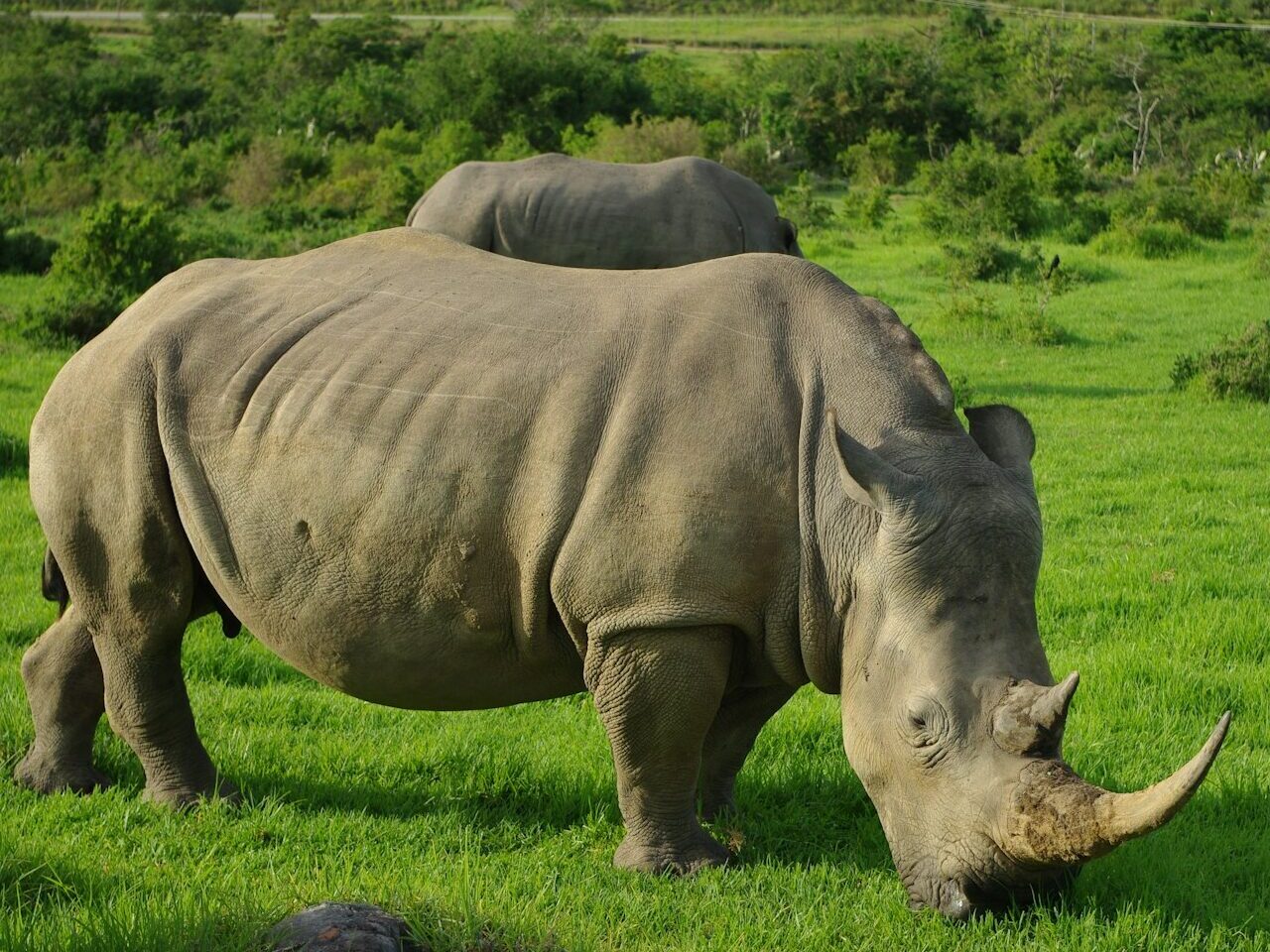
Habitat loss, climate change, hunting, and pollution are pushing countless species to the brink. While many people thinkconservation is working everywhere, the reality is grim: entire species are disappearing faster than they can recover. Here are 15 animals currently being driven toward extinction because of human activity.
Orangutans
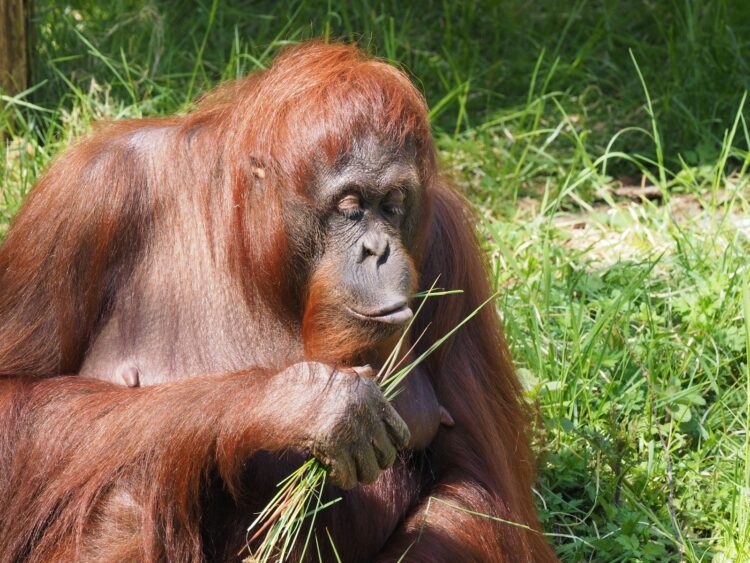
Native to Borneo and Sumatra, orangutans are losing their homes at an alarming rate due to palm oil plantations and illegal logging. Once widespread across Southeast Asia, they now survive only in shrinking patches of rainforest. Poaching and the pet trade make things even worse. Every year, their populations decline further, and conservationists warn they could vanish from the wild within our lifetimes unless strong action is taken to protect their habitats.
African Elephants
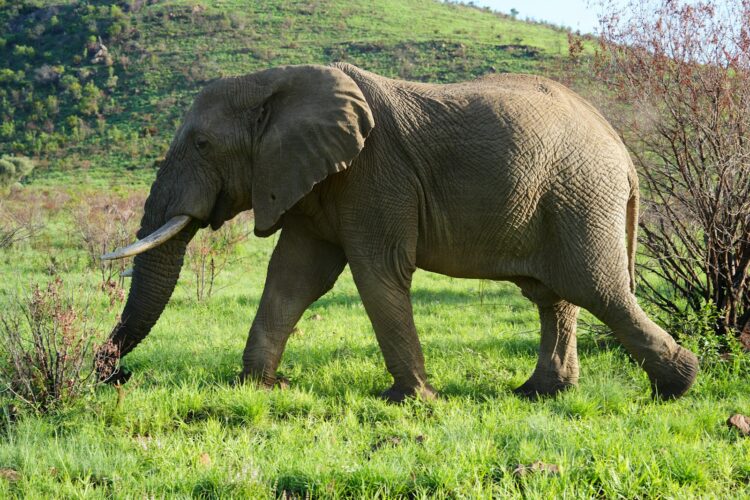
The largest land animals on Earth are being decimated by ivory poaching and shrinking habitats. Despite international bans, the ivory trade still thrives, fueled by black markets. Elephants also clash with farmers as human settlements expand into their territory. Their slow reproduction rates mean populations can’t recover quickly. Losing elephants wouldn’t just mean the end of a species—it would destabilize entire ecosystems that rely on them as “ecosystem engineers.”
Polar Bears
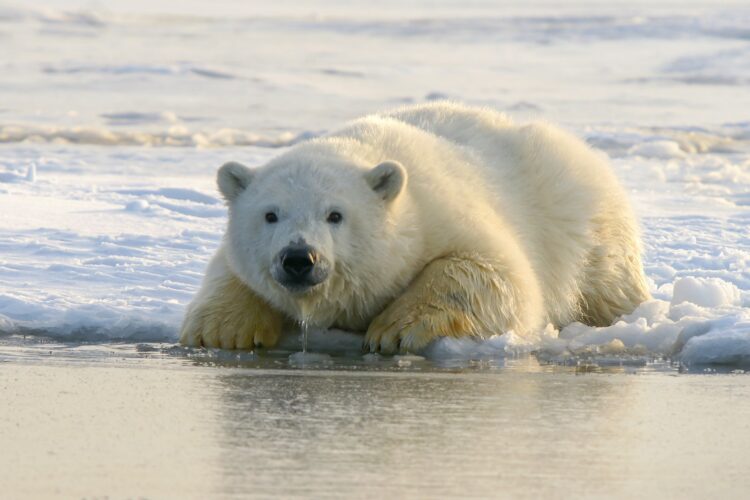
Polar bears depend on sea ice to hunt seals, but as climate change melts the Arctic, their hunting grounds vanish. Forced to swim longer distances and enter human settlements in search of food, many starve or get killed. Scientists predict that if global warming continues at its current pace, polar bear populations could collapse within this century. They’ve become the face of climate change, yet their decline keeps accelerating as the ice disappears beneath them.
Pangolins
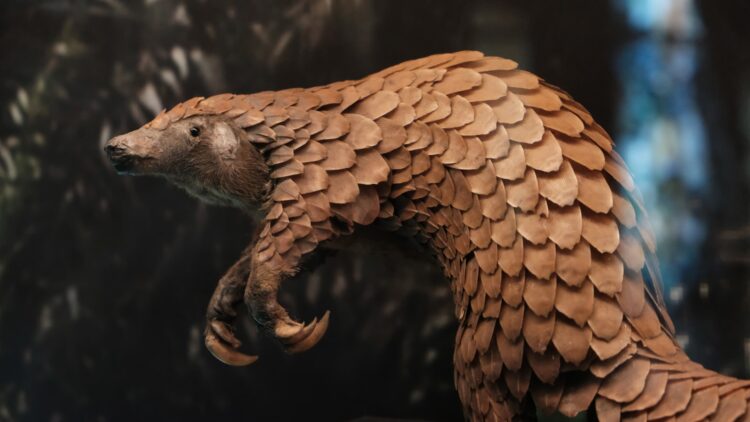
Often called “scaly anteaters,” pangolins are among the most trafficked mammals in the world. Their scales are used in traditional medicine, and their meat is considered a delicacy in some regions. This relentless poaching, combined with habitat destruction, has pushed all eight pangolin species toward endangerment, with several critically endangered. Despite increasing global awareness, illegal trade continues at staggering levels, making pangolins a tragic symbol of human-driven extinction for profit and superstition.
Amur Leopards
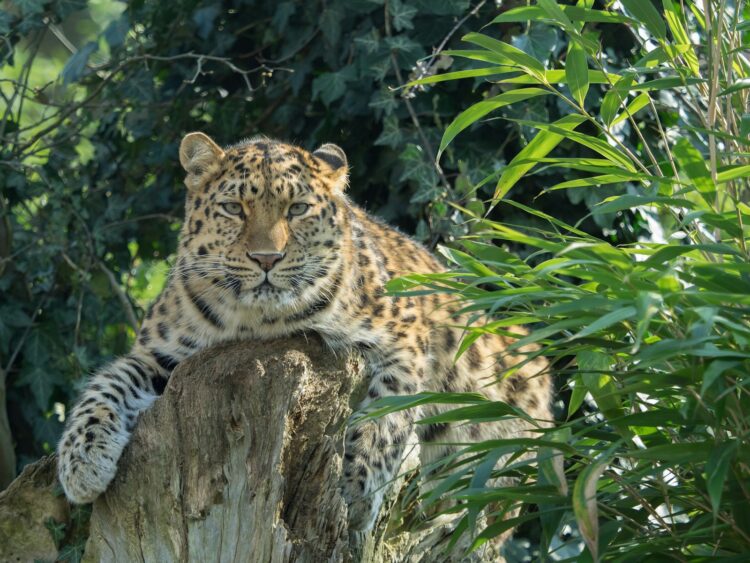
One of the rarest big cats on Earth, the Amur leopard lives in the Russian Far East and northeastern China. Fewer than 150 remain in the wild. Poaching, habitat loss, and inbreeding have pushed them to the edge. Conservation efforts have helped stabilize numbers slightly, but they remain critically endangered.
Vaquita
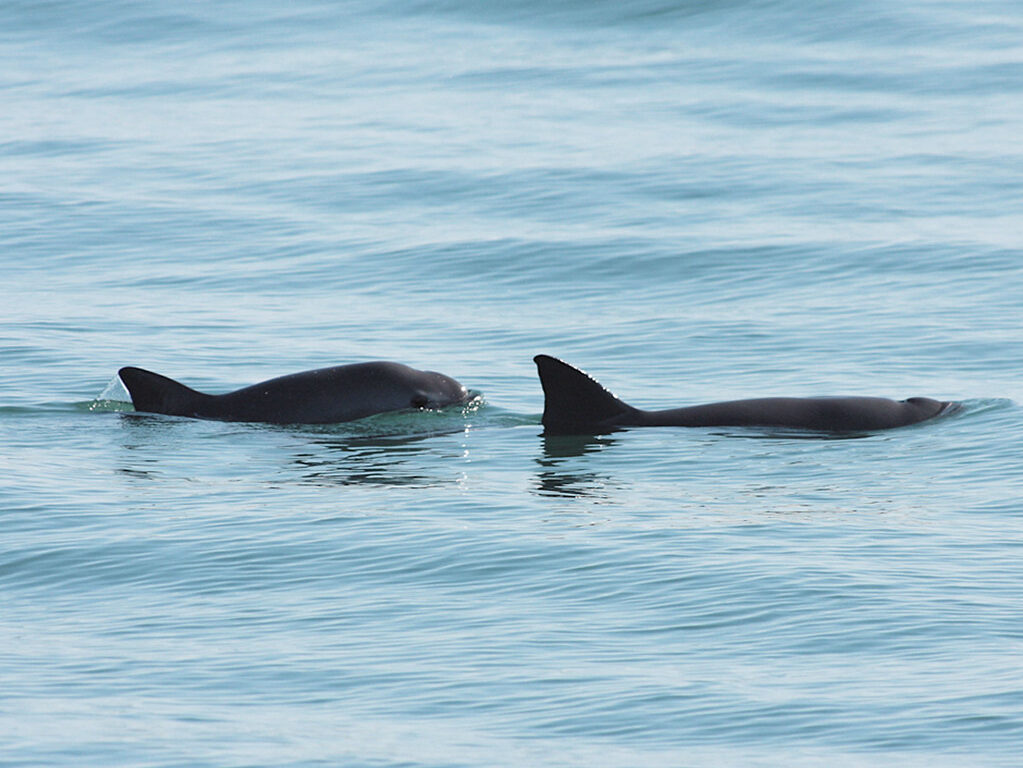
The vaquita, a tiny porpoise found in the northern part of the Gulf of California, is considered the rarest marine mammal. Fewer than 20 are thought to remain. They’re dying out because of gillnets used for illegal fishing of another endangered species, the totoaba fish. Despite bans, the illegal trade continues, and every vaquita caught as bycatch brings them closer to extinction. Without urgent action, they may vanish entirely within just a few years.
Tigers
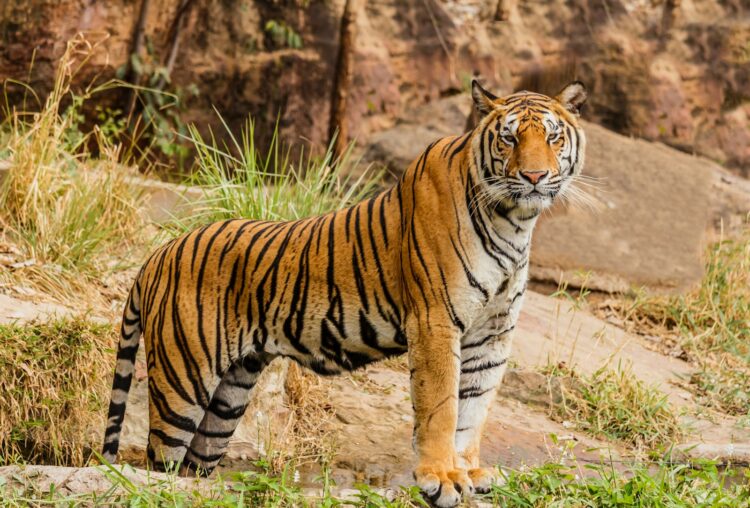
Tigers once roamed widely across Asia, but now fewer than 4,000 remain in the wild. Poaching for skins and body parts, habitat destruction, and human-wildlife conflict have driven populations down dramatically. Some subspecies, like the South China tiger, are functionally extinct in the wild. Efforts in India, Russia, and Nepal have helped stabilize numbers locally, but without global cooperation, one of the most iconic predators in human history may only survive in captivity.
Hawksbill Turtles
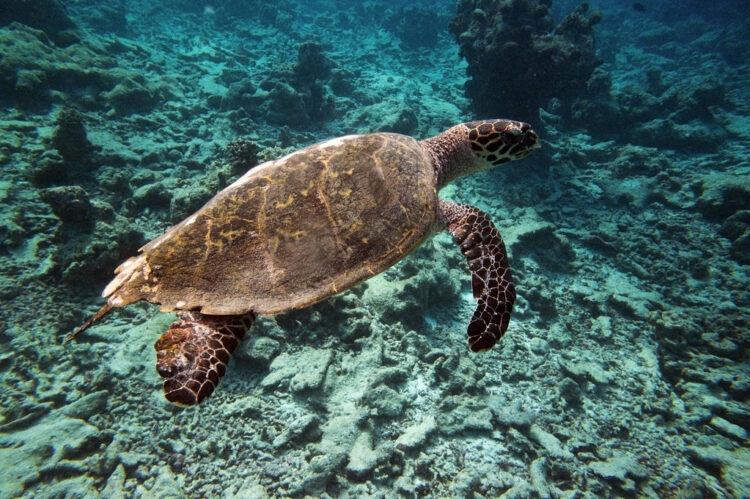
Hawksbill turtles, with their patterned shells, are hunted illegally for “tortoiseshell” products. Despite international protection, black market demand persists. Rising ocean temperatures, coral reef destruction, and plastic pollution make survival even harder. Hawksbills play a critical role in maintaining healthy coral reefs, but with their populations already down by more than 80%, their disappearance would leave devastating ecological consequences across tropical oceans.
Snow Leopards
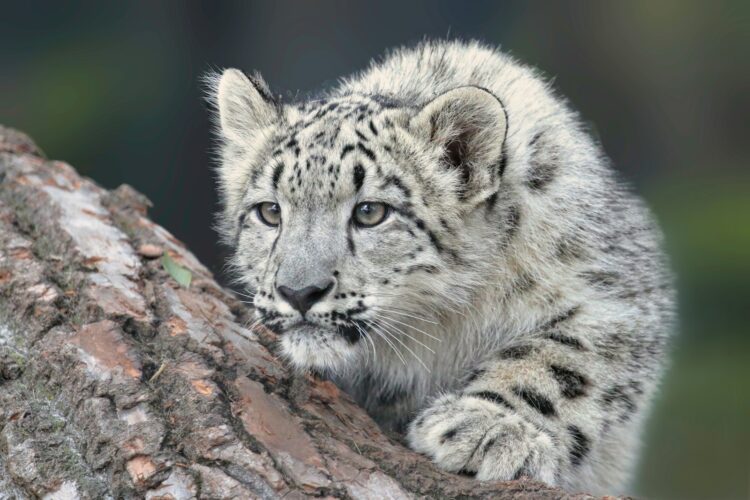
Known as “ghosts of the mountains,” snow leopards live in the high peaks of Central Asia. Poaching for their pelts and bones, shrinking habitats, and retaliation killings by herders have put them in danger. With fewer than 10,000 estimated in the wild, their numbers are still dropping. These elusive predators are vital to mountain ecosystems, and their loss would destabilize fragile environments already stressed by climate change and overgrazing.
Blue Whales
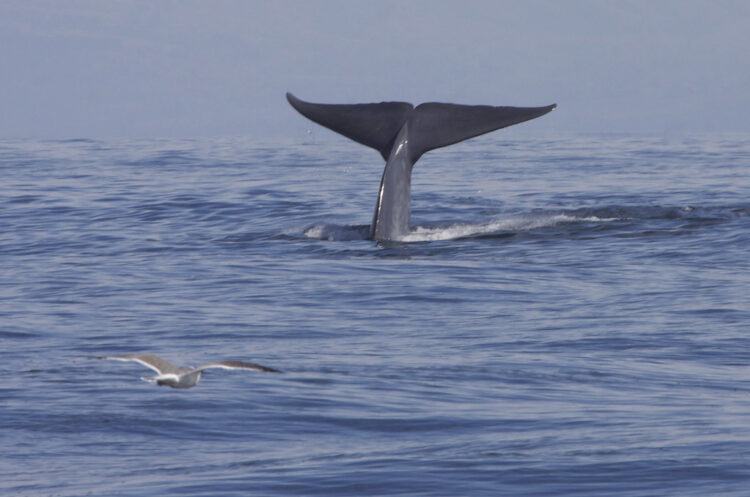
The largest animals ever to exist are still recovering from near-extinction due to industrial whaling in the 20th century. Today, ship strikes, entanglement in fishing gear, and changing ocean conditions continue to threaten them. While international bans helped populations rebound slightly, they remain endangered. Their low reproductive rates and long lives mean recovery is slow, and human activity in oceans makes their survival uncertain despite global awareness of their plight.
Rhinos
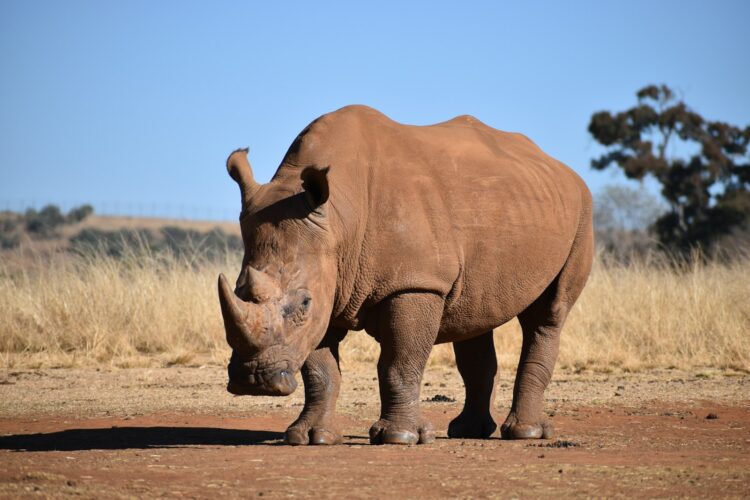
Across Africa and Asia, rhino populations are collapsing due to relentless poaching for their horns, falsely marketed as medicine or luxury status symbols. Some species, like the Sumatran and Javan rhinos, have fewer than 100 individuals left. Even with strict protection, poachers continue to target them. Once widespread, rhinos are now on the edge of extinction, and their disappearance would strip ecosystems of critical grazers that shape vegetation.
Giant River Otters
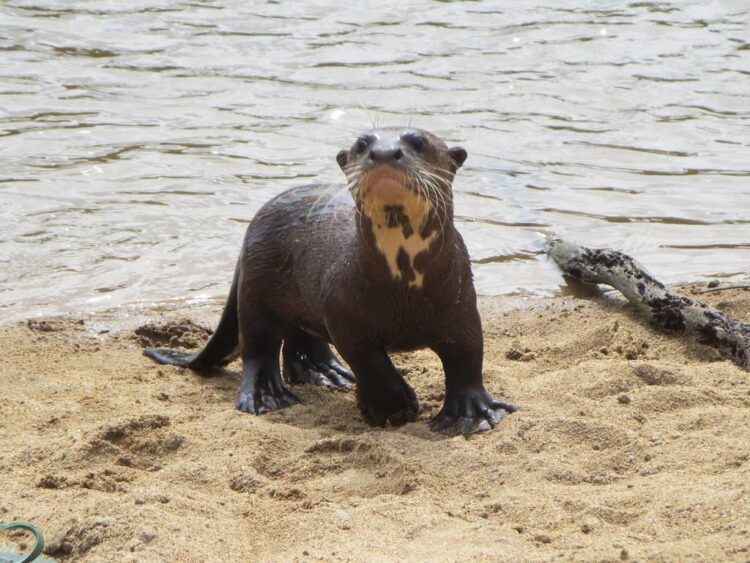
Found in South America, giant river otters are endangered due to habitat destruction, pollution, and poaching for their pelts. Once abundant, they now survive in fragmented populations along rivers in the Amazon and Pantanal. Gold mining and agriculture continue to poison waterways, further shrinking their habitats. They’re apex predators in their environments, and their decline disrupts aquatic ecosystems that rely on them to control fish populations and maintain balance.
Giraffes
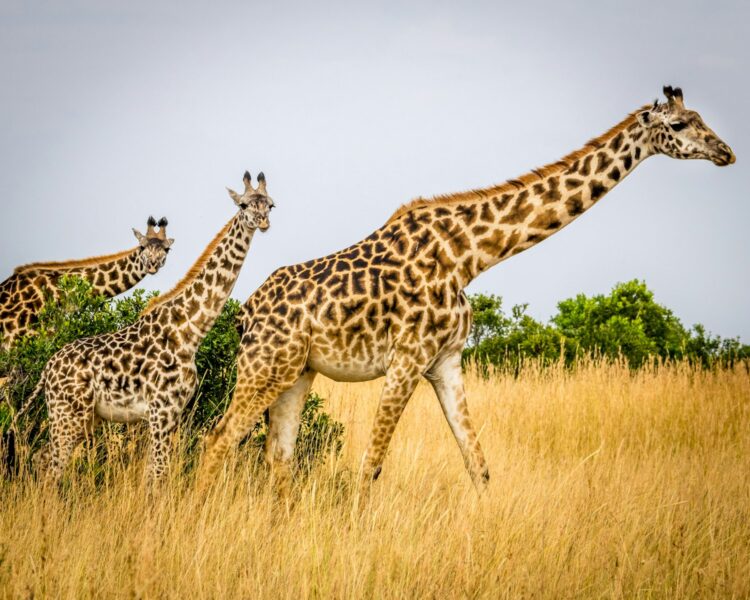
It may surprise many that giraffes are endangered. Across Africa, populations have fallen by more than 30% in just a few decades due to poaching and habitat loss. In some regions, subspecies like the Kordofan and Nubian giraffe are critically endangered. Their decline often goes unnoticed because they’re still common in zoos and safari parks, but in the wild, the “silent extinction” of giraffes is happening right now.
Red Pandas
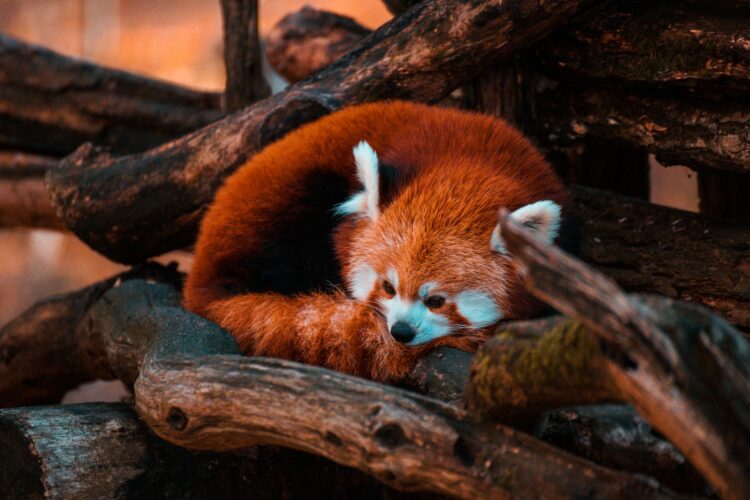
Not related to giant pandas, red pandas are small, tree-dwelling mammals found in the Himalayas and parts of China. Their numbers are dwindling due to deforestation, poaching, and competition with livestock. Fewer than 10,000 remain in the wild. While they’ve gained internet fame for their cuteness, that visibility hasn’t translated into widespread protection. Without better conservation measures, they could become yet another species erased by human expansion.
Coral Reefs (Yes, Animals)
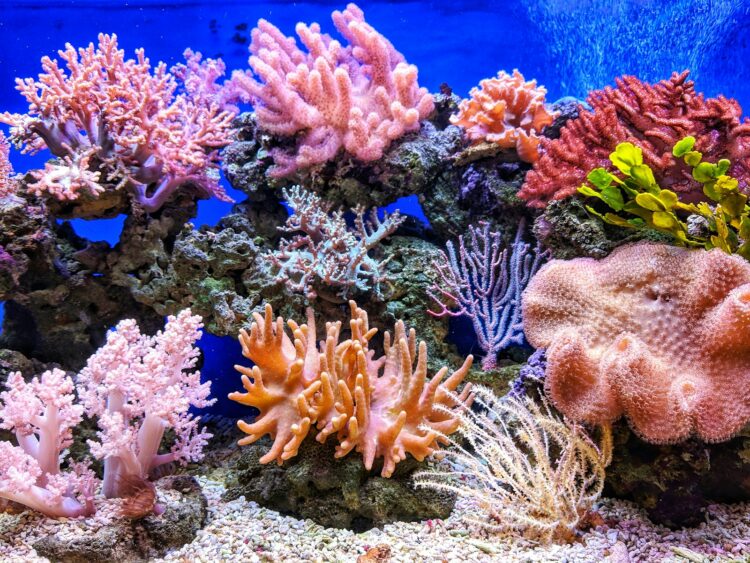
Though often mistaken for plants, corals are living animals that build vast reef ecosystems. Rising ocean temperatures, acidification, pollution, and destructive fishing practices are wiping them out. Half of the world’s coral reefs are already dead or severely damaged, and scientists predict up to 90% could vanish by mid-century. Their extinction wouldn’t just affect marine biodiversity—it would also devastate human communities relying on reefs for food, tourism, and coastal protection.

